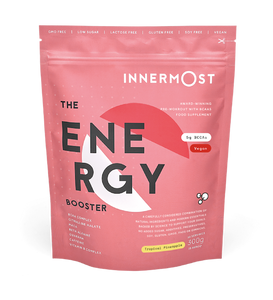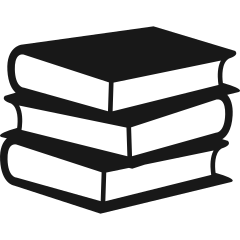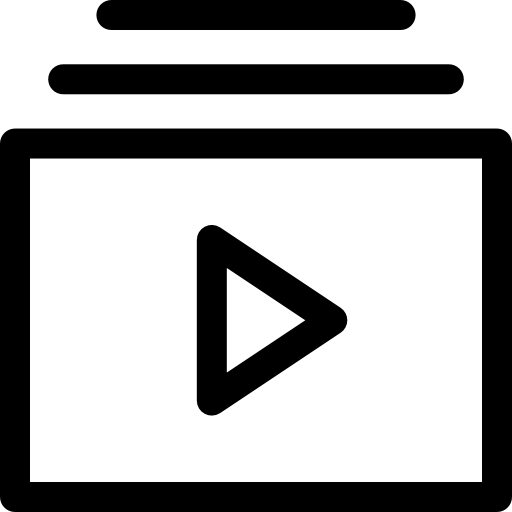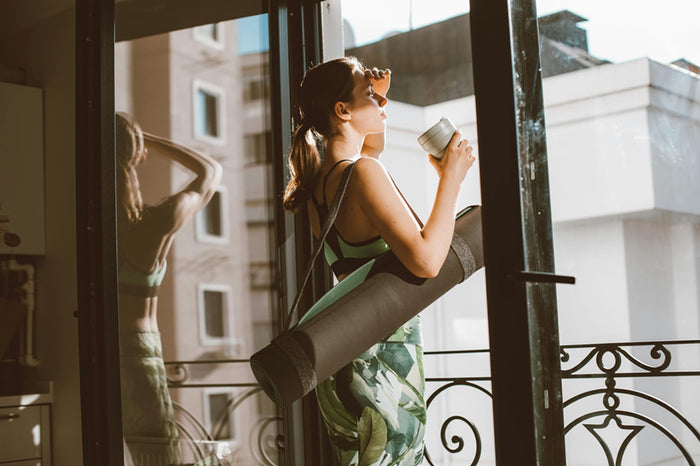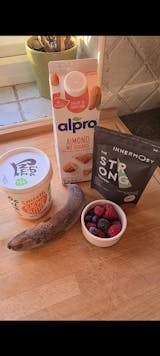Sure, you could stick to your current routine of blindly lifting and hoping for the best, or you could adopt a science-backed training approach that focusses on the fundamentals of building muscle, losing weight and gaining power.
Handily, you don’t need to rip up the rulebook to reap the benefits; a few subtle tweaks is all you need to maximise your gym workout efficiency.
From simple changes like upping your reps, to trying new disciplines, or even refining your gym playlist, use these expert gym tips to improve your fitness results.
1. Utilise the power of compound exercises
Time is precious, and you don’t always have hours to spend on a workout. When it comes to getting faster results from your lunchbreak sweat, compound exercises are the real deal.
These multi-joint movements work multiple muscle groups at once, so you get more bang for your buck. Take the humble squat for example, which works the obvious legs and glute muscles, but also brings a fiery challenge to the core too.
While hopping on gym machines like the leg press and bicep curl are great for focussed work on a specific area, experts say that they typically don't recruit the same variety of muscles like compound exercises do - so you might need to spend more time at the gym to achieve similar fitness results.
Our gym tip solution? Rather than impatiently waiting in line for a busy machine, grab a mat and do some weighted lunges, pushups and pull-ups instead. It’s a full-body workout without the wait.
2. Cross-discipline train
When it comes to fitness, most of us are guilty of sticking within our comfort zones, doing the same type of exercise week-in-week-out.
While there’s merit to mastery, studies have found that supplementing your schedule with different training methods can build faster results in your primary discipline.
Known as cross-discipline training, a 2018 study found that swimming and running produce different beneficial effects on the heart’s ability to pump oxygenated blood around the body, suggesting that combining these two sports in your weekly routine can lead to better cardiovascular endurance overall.
And additional research suggests that cross-training weightlifting with activities like Pilates, boxing,or yoga can elicit greater power from your primary muscles, improve recovery, and even reduce the risk of injury too, creating a more well-rounded athlete profile.
3. Switch up your playlist
Listening to music when you’re working out doesn’t just kill boredom - studies have found that it can seriously help to improve the quality of your session. Consider this your easiest fitness improvement technique.
But when it comes to the type of tunes you choose, it’s the timing that matters. According to a study published in the journal Frontiers in Psychology, high-tempo music - the type that equates to about 170 heartbeats per minute - is the most effective at reducing perceived effort and increasing cardiovascular benefits.
The researchers found that along with boosting your enthusiasm for a 6am leg sesh, music can lessen perceptions of fatigue and inspire random bursts of effort. So, instead of tuning into the latest true crime podcast, plug into a playlist filled with clubland classics for a science-backed energy hit.
4. Get a gym frenemy
When you’re working out alone, it’s easy to slack off; a 10K run becomes a light sprint with a couple of half-hearted press ups, followed by an hour in the sauna as a reward for your hard work.So when a serious case of gym lethargy strikes, working out with a friend can stoke up your fitness fire. Competition is a driver, and when it’s applied to a workout, it’s the potent fuel to add an extra weight to the barbell, push your speed up on the treadmill and get you to the edge of your fitness limits.
A study published in the journal Preventative Medicine Reports discovered that having access to a competitive leaderboard during workouts significantly increases people's motivation to exercise. Yup, a competitive friend might be all the inspiration you need to restore your waning gym commitment.
5. Take recovery seriously
Recovery is a big trend in fitness right now, and with good reason too. Taking regular rest days leads to greater gym workout efficiency, as it helps to repair damaged tissues, prevents overtraining, and avoids hitting a plateau.
But research suggests that optimal recovery includes both complete sofa-based rest and active recovery: low or no-impact exercise that complement the demands of your high-impact efforts.
A 2019 study looking at the impact on sprint interval training found active recovery can lead to greater endurance adaptions, meaning that just walking to the coffee shop on your rest day could actually help you to run faster overall.
Along with a gentle stroll, good examples of active recovery include yoga and swimming - gentle activities that speed up the process of repair and adaptation by increasing blood circulation around your body.
To dial up the fitness results, team your rest days with Innermost’s Recover capsules, which contain anti-inflammatory nootropic ingredients that support your body’s response to physical stress.
6. Switch stretching for mobility
Mobility often gets mislabeled as stretching, but this warm-up technique is more about improving the range of motion in your joints and muscles, rather than just straight-up touching your toes.
Unlike static stretches, complex mobility drills are about building the ability to move a joint, and its surrounding muscles, to the full range it was designed for.
This is particularly useful for maximising fitness efforts in strength training, as lifting weights can lead to tight myofascial tissue, which can hamper your ability to maintain the correct form in explosive moves like overhead presses.
Tapping into mobility usually involves cycling through a number of ‘drills’, like arm rotations with a resistance band, lateral lunges and hip openers. But if you’re keen to get started, we recommend speaking to a qualified PT who can assess your current range of motion and put together an effective training routine based on your specific goals.
7. Amp up the challenge
Progressive overload training is a smart strength-training approach that makes workouts more challenging over time.
Most of us know that the simplest way of achieving effective training results is to lift heavier weights month after month, but there are other ways to dial up your resistance beyond just upping your dumbbell number.
For example, you could increase volume by doing more reps, double the number of sets, or shorten your rest periods. Slowing down the speed at which you lift can also increase the time your muscles are under stress, yielding greater results.
Going into your next training session armed with a variety of ways to challenge your muscles doesn’t just help prevent plateaus, it can also keep your workouts engaging on days where your motivation is flagging.
More time, less boredom and faster results? Count us in. And be sure to check out our range of transparent, scientifically backed supplements that have been designed specifically to help you reach your goals more effectively.


